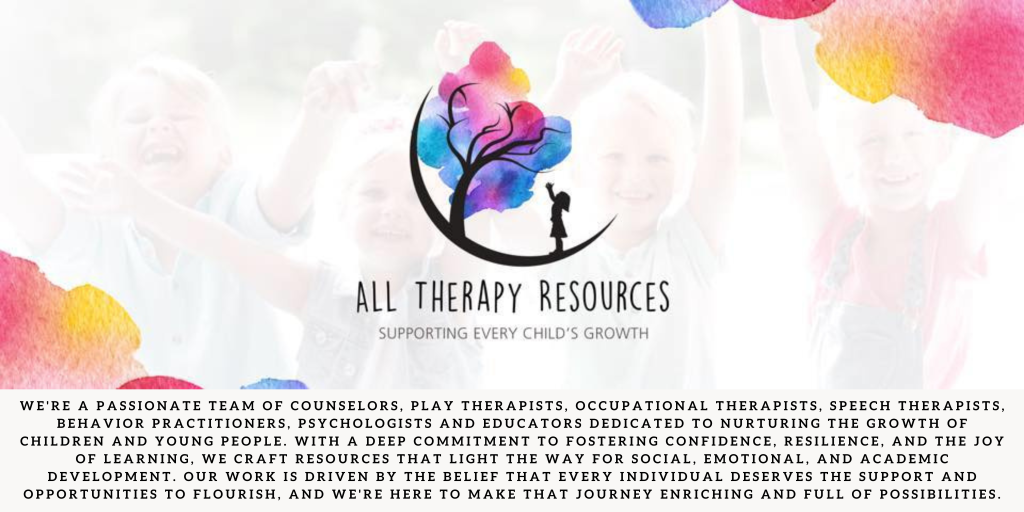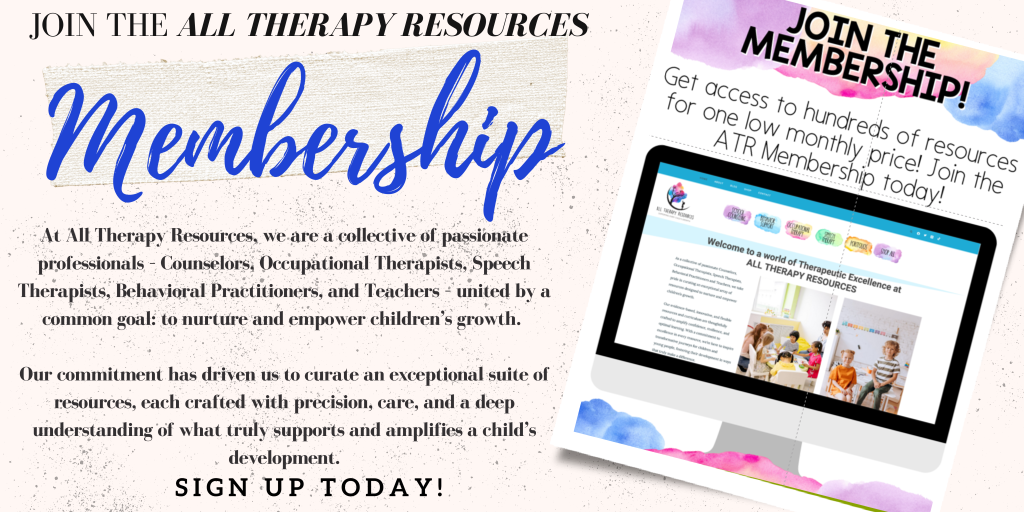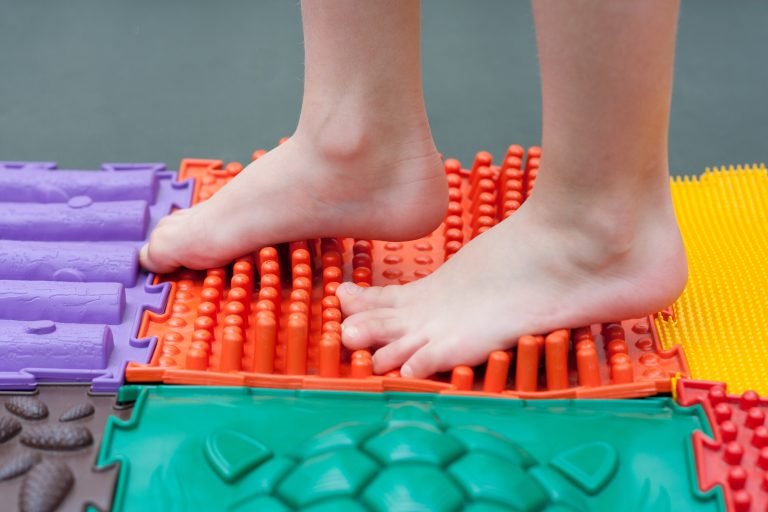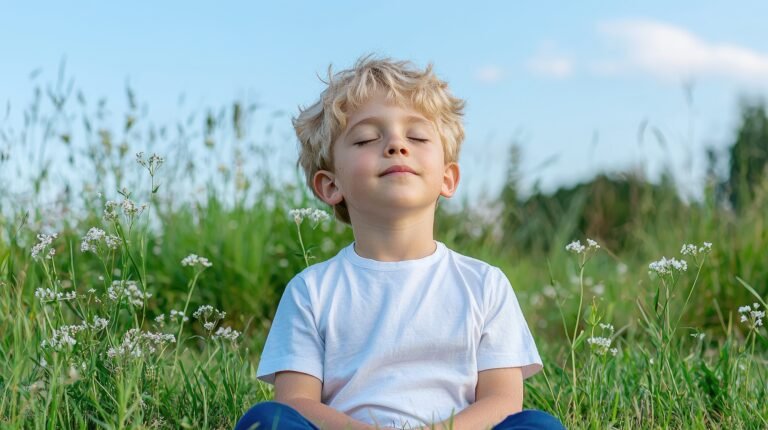Empowering Kids to Recognize Safe and Unsafe Secrets
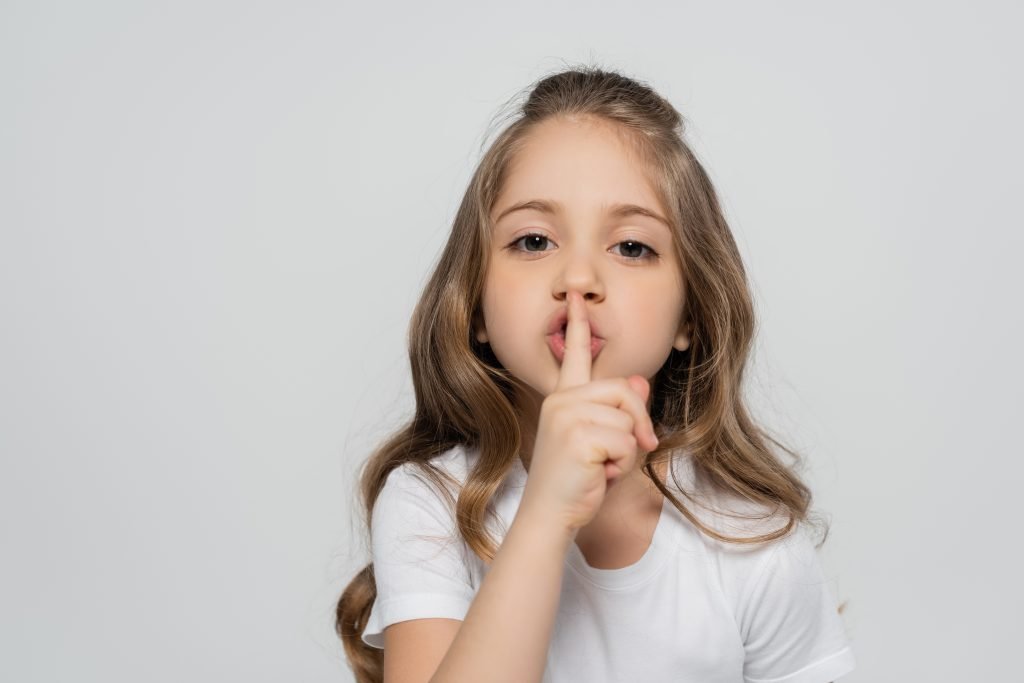
Understanding the Importance of Safe and Unsafe Secrets
When it comes to keeping children safe, one of the most essential conversations parents, caregivers, and educators can have is about the difference between safe and unsafe secrets. Teaching kids to recognize these distinctions gives them the confidence to speak up about uncomfortable situations, ensuring they know it’s okay to seek help. Yet, this topic can be challenging to navigate, as children may feel pressure to keep secrets or worry about getting into trouble. To address these concerns, resources like the Safe Secrets & Unsafe Secrets – Keeping Safe Story & Lesson provide families with structured, supportive ways to explore this topic.
This blog will cover the importance of discussing safe and unsafe secrets, outline how the Safe Secrets, Unsafe Secrets resource can help facilitate these conversations, and share insights from parents and counselors who have seen positive changes in children’s ability to recognize and report unsafe secrets.
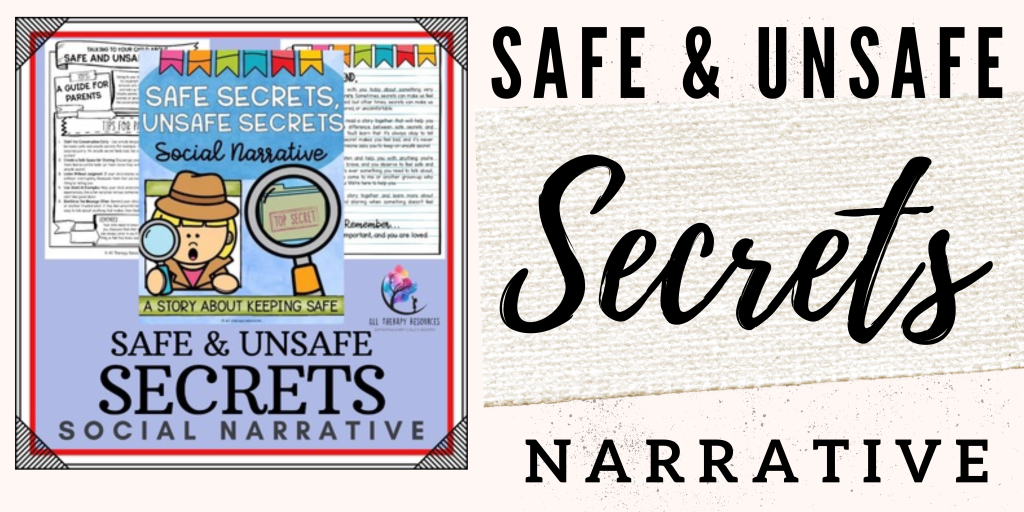
Why Talking About Safe and Unsafe Secrets is Essential for Kids’ Safety
In today’s world, children are often exposed to messages about secrecy from an early age. While some secrets are harmless and even beneficial – such as planning a surprise party – other secrets can be dangerous and harmful. Understanding the difference between these types of secrets empowers children to protect themselves and communicate when something feels wrong.
Discussing safe and unsafe secrets:
- Promotes Emotional Safety: Children feel more secure knowing they have the permission to share troubling information.
- Builds Trust: It reinforces that trusted adults are there to help, creating an open line of communication.
- Prevents Harm: Teaching children to speak up about unsafe secrets can prevent harm, as they learn that adults are available to help in difficult situations.
School counselor Erin L., who has used this resource with her students, shares, “Children are more likely to open up about difficult experiences once they understand that unsafe secrets should never be kept. The resource has provided me with a gentle approach to introduce this conversation and reassure my students that they can come to me anytime.”
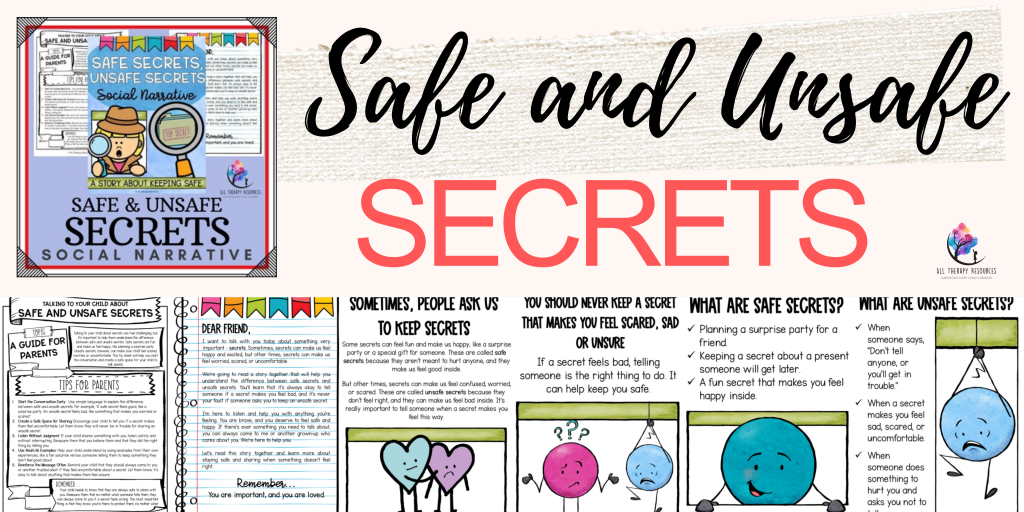
Introducing the “Safe Secrets, Unsafe Secrets” Resource
The Safe Secrets & Unsafe Secrets – Keeping Safe Story & Lesson is a thoughtfully crafted tool designed for school counselors, parents, and educators to help children understand and navigate the concept of safe and unsafe secrets. With a combination of storytelling, FAQs, and parent guides, it offers a well-rounded approach to addressing this sensitive topic.
What’s Included in the Resource:
- Social Narrative
A carefully crafted story that explains the concept of safe and unsafe secrets in an age-appropriate way. The story encourages children to reflect on situations that might make them feel uncomfortable and reassures them that it’s okay to seek help from trusted adults. - Frequently Asked Questions (FAQ)
This section answers common questions children may have about secrets. It clarifies scenarios that might seem confusing, helping children understand when it’s important to tell a trusted adult. - Letter to the Student
This letter offers reassurance and support, letting the child know that it’s okay to talk about feelings and situations that seem confusing or uncomfortable.
Parent Tip Sheet
The parent tip sheet provides strategies for creating a safe environment for children to share their feelings. It includes guidance on how to approach this conversation and establish open communication about secrets at home.
How to Use the Safe Secrets, Unsafe Secrets Resource
Using this resource is straightforward, and it’s designed to be flexible, working well for one-on-one conversations, small group counseling, or as part of a larger classroom lesson. Here’s a suggested approach to introduce safe and unsafe secrets to children:
- Start with the Social Narrative
Begin by reading the social narrative with the child or group. This story is designed to break down complex concepts into relatable, understandable terms. The narrative uses real-life examples of safe and unsafe secrets, helping children see the distinction and understand the importance of speaking up. - Encourage Questions
After reading the story, encourage the children to ask questions. This is where the FAQ section can be particularly helpful. Use it to answer common questions, reassuring children that asking for help is always okay. - Reflect Together
Use the reflection time to let children think about the story and its message. Ask them if they can think of any situations where they’ve had a secret and how they felt about it. This helps solidify the learning and allows them to personalize the information.
Engage with the Parent Tip Sheet
For parents and caregivers, the tip sheet offers valuable insights on how to maintain ongoing conversations about safe and unsafe secrets at home. Using these tools, parents can feel more prepared to respond to questions or concerns their child may have.
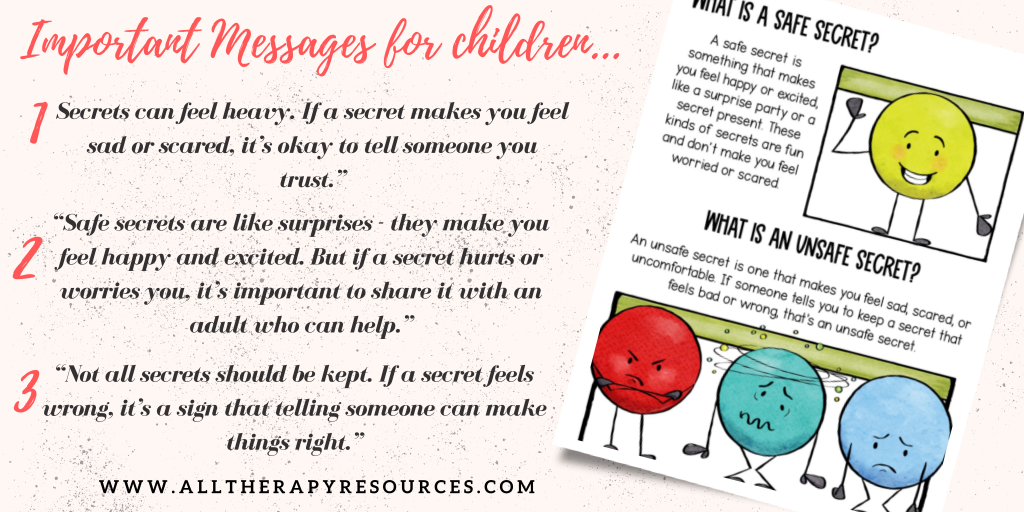
The Impact of Teaching Safe and Unsafe Secrets
By introducing the concept of safe and unsafe secrets early, we give children essential tools to navigate their world with confidence. Parents and school counselors who have used the Safe Secrets & Unsafe Secrets resource report that it has helped their children and students feel more comfortable coming forward when they encounter something that doesn’t feel right.
Parent Sarah J. explains, “After going through this lesson, my daughter felt empowered to talk about a situation at school that had been bothering her. She didn’t feel she had to keep it a secret anymore, and I could tell it was a relief for her to share.”
Similarly, school counselor David P. shares, “One of my students used to hold back when discussing problems, but after working with this resource, they’re more willing to come forward. The scenarios presented in the story were easy for them to relate to, and I think that’s what made the difference.”
Tips for Parents and Caregivers: Talking About Safe and Unsafe Secrets at Home
Creating a safe, open space at home is essential for children to feel comfortable discussing their feelings and concerns. Here are some strategies parents can use, inspired by the Safe Secrets & Unsafe Secrets resource:
- Reassure Your Child That It’s Okay to Share
Make sure your child knows they can come to you with any secret that makes them feel uncomfortable. Reinforce the idea that you’ll listen without judgment. - Normalize the Conversation
Discussing secrets shouldn’t be a one-time conversation. Integrate it into everyday discussions, so your child feels natural sharing thoughts and concerns over time. - Role-Play Scenarios Together
Role-playing can be a powerful way to reinforce learning. Go through scenarios and ask your child if they think it’s a safe or unsafe secret. For example, planning a surprise is a safe secret, but keeping a secret about feeling uncomfortable around someone isn’t. - Encourage Asking Questions
Let your child know that they can ask questions anytime. It’s important to keep the lines of communication open, even if it seems like a minor question.
Parent Linda M. shares, “The parent guide really helped me approach this topic with my son. He asked questions that I might not have thought to address, and now he feels more comfortable coming to me when something doesn’t feel right.”
The Role of School Counselors and Educators in Teaching Safe and Unsafe Secrets
School counselors and educators play a crucial role in helping children understand the concept of safe and unsafe secrets. By using the Safe Secrets & Unsafe Secrets resource in classrooms or small groups, counselors can provide children with a safe environment to ask questions and explore what it means to feel comfortable and safe when sharing.
School counselor Rachel S. says, “This resource has been a game-changer for my sessions. Not only does it give kids the language to express when they’re uncomfortable, but it also reassures them that it’s okay to come to me or another trusted adult. I’ve seen shy kids open up because they realize it’s not wrong to tell a secret that makes them feel bad.”
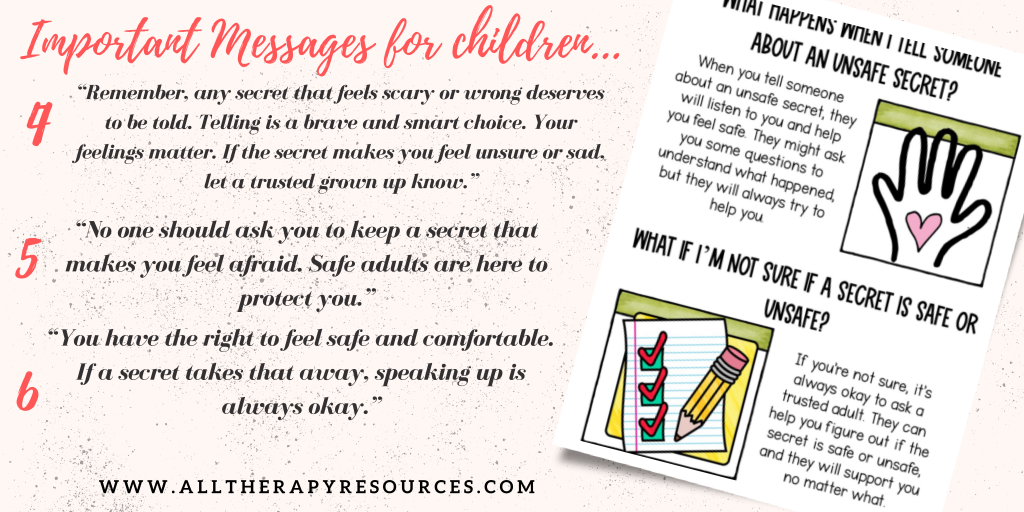
Why the Safe Secrets & Unsafe Secrets Resource Is a Must-Have for Parents and Educators
This resource is more than just a lesson; it’s a foundation for creating a safer, more open environment for children to thrive. By providing children with the tools to recognize safe and unsafe secrets, we help them build confidence, promote emotional security, and encourage open communication. Here’s why this resource is essential:
- Engaging Storytelling: The social narrative simplifies complex ideas, making it easy for children to understand and relate.
- Comprehensive Support: From FAQs to parent tip sheets, this resource is designed to support both children and adults in navigating challenging conversations.
- Real-Life Application: The scenarios and tips provided allow children to practice recognizing safe and unsafe secrets in a way that feels practical and relevant.
School counselor Megan T. shares, “I’ve used other resources before, but this one goes a step further in providing not only the content but the support materials to make sure parents and caregivers are involved too. It’s made a huge difference in the lives of my students.”
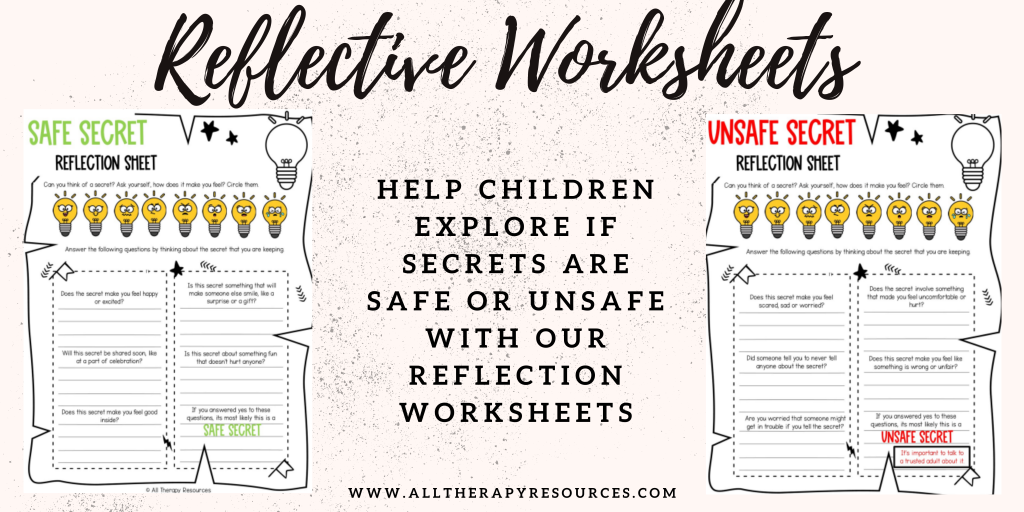
Conclusion: Empowering Kids to Stay Safe
Teaching children the difference between safe and unsafe secrets is a vital part of their emotional and physical well-being. The Safe Secrets & Unsafe Secrets – Keeping Safe Story & Lesson resource offers a sensitive, comprehensive approach to introducing this topic, helping children recognize that it’s okay to speak up when something feels wrong. With its combination of storytelling, guidance, and practical tools, this resource empowers children and supports families in creating a safe, trusting environment.
Whether you’re a parent, teacher, or school counselor, the Safe Secrets & Unsafe Secrets resource is an invaluable tool for encouraging open conversations, promoting safety, and fostering a culture of trust.
